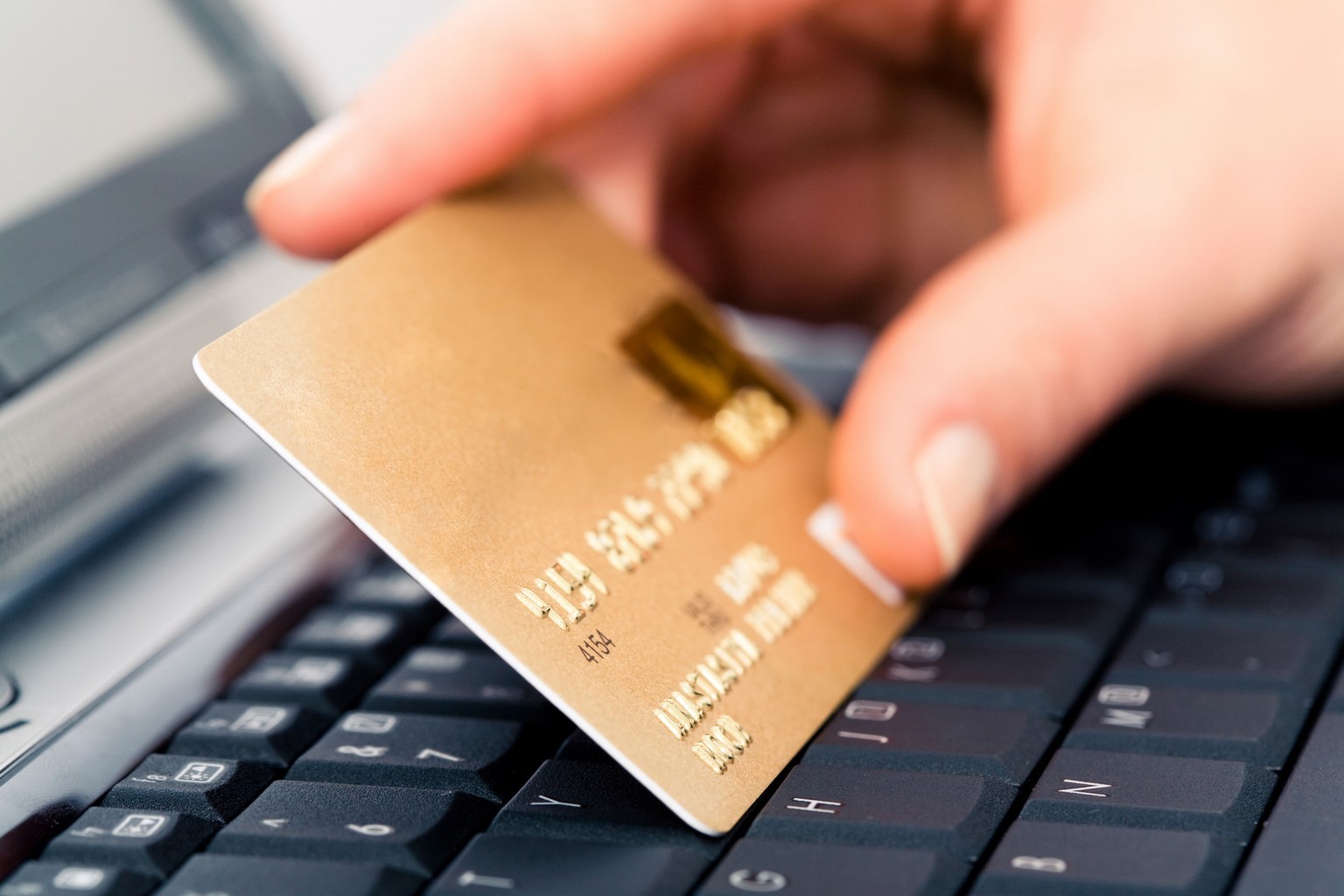Recent trends in online payments
- Transfer

This article presents the latest trends in online payments, from the point of view of the buyer and seller.
From the point of view of the seller
Increase in the share of alternative payment methods
In addition to credit card payments and virtual wallet payments, any other payment method may be referred to as an alternative payment method. The market share of alternative payment methods has grown over the past couple of years, and in some countries they really are catching up in volume with the share of traditional online payment methods, credit cards, for example.
Most often, these alternative payment methods have been developed by local industry players that take into account local market conditions, as well as the needs of customers. These methods are often based on the existing payment infrastructure of a particular country, taking into account the availability of banks and on a payment culture (habits). For example, Brazilians who do not have access to banking services and who do not have access to an online bank or credit card can pay for the order online via the local alternative Boleto method.
Additional driving factors for adopting alternative payment methods include the cost of the transaction itself, the risks, the speed of settlement and acceptance, the support and sponsorship of local market players. Online merchants prefer low costs, guaranteed payments and using the international SWIFT system to increase cash flow. Alternative payment methods that are based on existing bank payment rails (bank transfers, direct debits) provide simplicity and convenience for both sellers. so for buyers.
An important incentive for using alternative payment methods is that those customers who have access to credit cards sometimes do not want to use their cards when paying online. They are scared that these cards can be stolen and used fraudulently. Therefore, buyers are looking for such payment methods for themselves that give confidence and a sense of security when paying online.
The popularity of e-wallets is growing
In addition to alternative payment methods, electronic wallets are gaining more and more circulation around the world. Often they are developed with a focus on mobile devices. As the popularity of using smartphones and tablets is growing, the popularity of electronic wallets is growing with the same progression. Many e-wallets (MasterPass, V.me from Visa, PayPal) were designed to make payments made via mobile devices easier, faster and easier.
Conversion Optimization
More and more online sellers realize that their online order and the proposed payment options directly affect the conversion rate (the ratio of potential consumers to actual customers). If sellers do not offer the right to choose payment methods that are convenient for buyers, they may lose sales themselves because the buyer will not have a choice in payment methods. Therefore, it is very important to understand the various requirements and requests for payment methods and choose from them the right mix for your audience.
In addition, by offering the right set of payment methods, more and more payment service providers are providing payment analytics tools that allow Internet users to improve their payment offers or improve verification criteria. For example, sellers may decide to request 3D-secure authentication based on a cardholder’s identity or transaction criteria (for example, buyer's country or order value). Being able to agree on the method of payment for the order with the buyer and performing a risk check, sellers will be able to shift most of the responsibility for payment to the buyer.
Interbank commissions are reduced
In the USA and in Europe, mutual commissions for the fourth party when paying, for example, for MasterCard and Visa, were supplanted by regulators. Mutual commissions relate to those fees that must be paid by the cardholder to the issuer for each transaction being processed. These fees represent a significant fraction of the fees for using bank card accepting outlets or trading fees. Due to increased competition, sellers are expected to benefit from lower commission rates.
Increased competition between payment service providers and acquiring banks
As markets become more and more mature, payment service providers and acquirers active in these markets need to develop new products and services, expand to other markets, or seek strategic partnerships to stay competitive. Through mergers and acquisitions, payment service providers try to profit through savings and remain competitive in terms of pricing. Increased competition leads to lower operating fees and commission rates.
Department stores
There is a trend driven by a scheme that allows payment service providers to receive cash from transactions with sellers. It consists in the fact that more and more payment service providers are using the aggregate model of payment for services. This model allows them to subscribe to online merchants, offer one access point for accepting payments online and settle them if necessary, and retains full control over business relationships.
For many sellers, this is even simpler, since they deal only with aggregators. There is no need to contact payment service providers and acquirers.
From the point of view of the buyer
Buyers' Perceptions of Digital Shopping
For a regular store purchase, payments are made in one place and at the same time. When making purchases on the Internet, the buyer and seller are divorced from time and place. This leads to a change in the perception of the risks involved in the transaction. For the successful use of e-commerce for both the seller and the buyer, trust is very important. When making a purchase on the Internet, the buyer identifies himself with a normal life, as if he first went to the store, then paid for the selected product, and then would wait for delivery.
When a buyer identifies himself with the most ordinary buyer from the very beginning of the purchase, understands all stages of the purchase and allows payment, this leads to a trouble-free payment. In addition, this allows the seller to offer the customer any additional personalized services that are relevant to that particular customer, thereby increasing the conversion rate. Examples of such digital solutions can be seen at BankID, Personalausweis, .beID, Idensys, iDIN.
Mobile purchases and payments
Around the world, the share of smartphones among ordinary mobile phones is growing rapidly. 9 billion devices worldwide are currently connected to the Internet, including computers and smartphones. And it is expected that this number will increase sharply over the next decade from 50 billion devices to 1 trillion. Mobile devices are increasingly being used for various purposes:
- In the store: search for product information and price comparisons in competitors online stores
- On the go: mobile commerce allows users to immediately see with their own eyes the goods without sitting at the computer screen. When using the GPS function, you can also find the necessary product or store according to your location. All existing payment methods must be adapted for the store’s mobile applications.
- Mobile devices require different interactions with users due to the smaller screen and a different data entry method compared to a desktop computer
- Users want to use their usual online payment methods, adapted for a mobile device
- Future technological development will allow deeper integration between mobile phones and POS-terminals, combine advertising, payments and bonus points. This will increase the need for new payment methods that can easily integrate into the shopping chain.
- Mobile devices will provide PoS terminals with cheaper technologies for accepting online and offline payments.
Electronic Wallets & Phone Applications
Electronic wallets offer payment services, storage of payment data and user personal data. Purpose of electronic wallets:
- increase in payment speed and convenience for customers;
- providing sellers with conversion and customers
Currently, there are a huge number of services with electronic wallets, offering their services to sellers and buyers, which led to the "war of electronic wallets." Currently, the market demonstrates a diverse reach, acceptance and support of channels. There are Internet and PoS wallets, as well as omnichannel wallets. Electronic wallets can be used for various purposes and with the help of many devices (desktop PCs, tablets, mobile phones). It is expected that many additional and improved services will appear in the future. Examples include: MasterPass, V.me from Visa, PayPal
The process of converging sales channels
As the experience of using the Internet among the population continues to grow, by default consumers take into account both channels when making a purchase, both offline and online. In addition, sellers have a growing opportunity to use the same two channels, creating an omnichannel sales experience for the buyer. The norm is to make an online purchase, and then pick up the goods in an offline store or pick-up point. Buyers also appreciate and quite often take the opportunity to return the product back when ordering online. Or, for example, the buyer measured the model of jeans he liked in the store, and his size was over - then he can order the desired size in the online store and get the goods already at home. For the consumer, this trend means that there are no more differences between regular purchases, online purchase or mobile phone purchase. There is just a purchase. Payments are individual for each individual order; offline and online they differ from each other.
Electronic wallets are trying to provide the possibility of payment for the consumer, using any channel and adapting to them.
Buyer personal data control
The need to register again and again in various online stores makes buyers leave a lot of personal information on the Internet. Important information remains scattered across the Internet, making it vulnerable to scammers. It also raises many privacy risks, especially when online or offline, personal data is used for analytics.
In response to the above shortcomings, an interesting tendency has arisen to turn publicly available data into private data. Life Management and Personal Data Ecosystems platforms provide users with the ability to maintain full control over their personal data and allow you to determine which data is compatible with which company. This is especially important for payments that include sensitive data, and there is a growing need for security for them. In the light of this trend, we see how payment methods such as, for example, Bitcoin are developing.
Respectfully, the team of fulfillment operator “ Yambox ”
(we are engaged in logistics for e-commerce)

